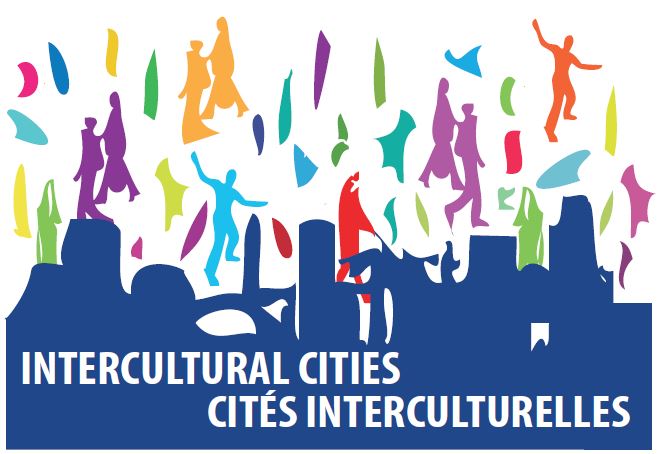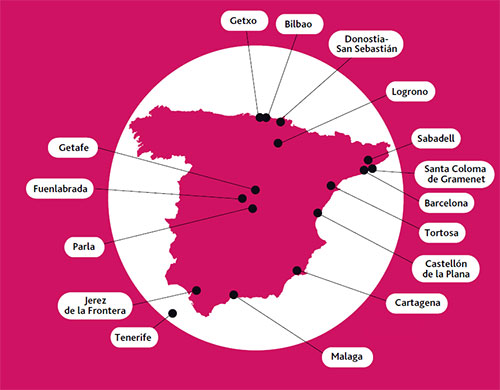Santander, Spain - Intercultural City
Santander, the capital of the Cantabria region, stands as the most populous municipality in the autonomous community with 172,606 inhabitants as of 2023. Nestled on the northern coast, it is flanked by the Cantabrian Sea to the north, the bay to the east and south—encompassing Camargo—and the municipality of Santa Cruz de Bezana to the west. The highest point in Santander, situated in Peñacastillo, reaches 139 meters above sea level.
Within the municipality lie the city itself and surrounding areas—Cueto, Monte, Peñacastillo, and San Román—once individual villages but now seamlessly integrated into the urban fabric.
The city's attractions encompass the renowned beaches of the Sardinero, the iconic Magdalena Palace, and landmarks like the Cathedral and the historic center, painstakingly rebuilt after the devastating fire of 1941.
The city reveres its patron saints, San Emeterio and San Celedonio, whose feast day is celebrated on August 30th. The two Saints faced persecution during the reign of Diocletian or Valerian, ultimately choosing martyrdom over renouncing their faith or abandoning their military professions. Legend holds that their heads, safeguarding relics from the Muslim advance, traversed the Ebro in a stone boat before reaching the island of Horadada in the bay of Santander. Another significant celebration in the municipality is the festivity of the Virgen del Mar, its patron saint, marked annually by a procession from the church of San Román to the chapel bearing the same name.
Santander boasts a temperate climate year-round, distinct from the extremes experienced in other parts of Spain. Positioned in one of the wettest regions, humidity often exceeds 90% throughout the year. However, temperatures remain mild, steering clear of both extreme cold and heat.
In the year 2022, Santander recorded a total of 15,435 migrants, comprising 8,035 women and 7,400 men, constituting 9% of the city's overall population of 171,693 inhabitants. This proportion marks a slight increase from the 8.75% reported in 2021.
Geographically, the origin of migrants to Santander can be primarily categorised into two continents. The American continent, including Central and South America, contributes to 46.01% of the total migrant population, while the European Union (EU) accounts for 38.68%.
Examining the specific countries of origin, prominent nationalities among the foreign population in 2022 include Romanians, comprising 12% with 1,851 inhabitants, Moldovans at 10.3% with 1,591 individuals, Colombians at 10.9% with 1,686 people, and Peruvians at 10.4% with 1,614 inhabitants. Other significant nationalities include Venezuelans (3.7% with 575 people), Chinese (3.1% with 479 people), and Moroccans (3% with 462 people).
It must also be noted that women constitute the majority within the foreign nationality population across the major nationality groups in Santander.
In terms of age distribution, the migrant population is segmented into three major groups: 14% are under 16 years old, 81% fall between the ages of 16 and 64, and 5% are aged 65 and older.
Since 2008, the Santander City Council, operating through the Office for Integration and Social Cooperation (formerly the Municipal Centre for Immigration and Development Cooperation), has been actively engaged in various projects related to migration. These initiatives target both the foreign and local populations, with the overarching goals of fostering a more welcoming and inclusive city and strengthening social cooperation among the residents of Santander.
- What is the ICC Index?
- Santander Results

Gema Igual Ortiz





